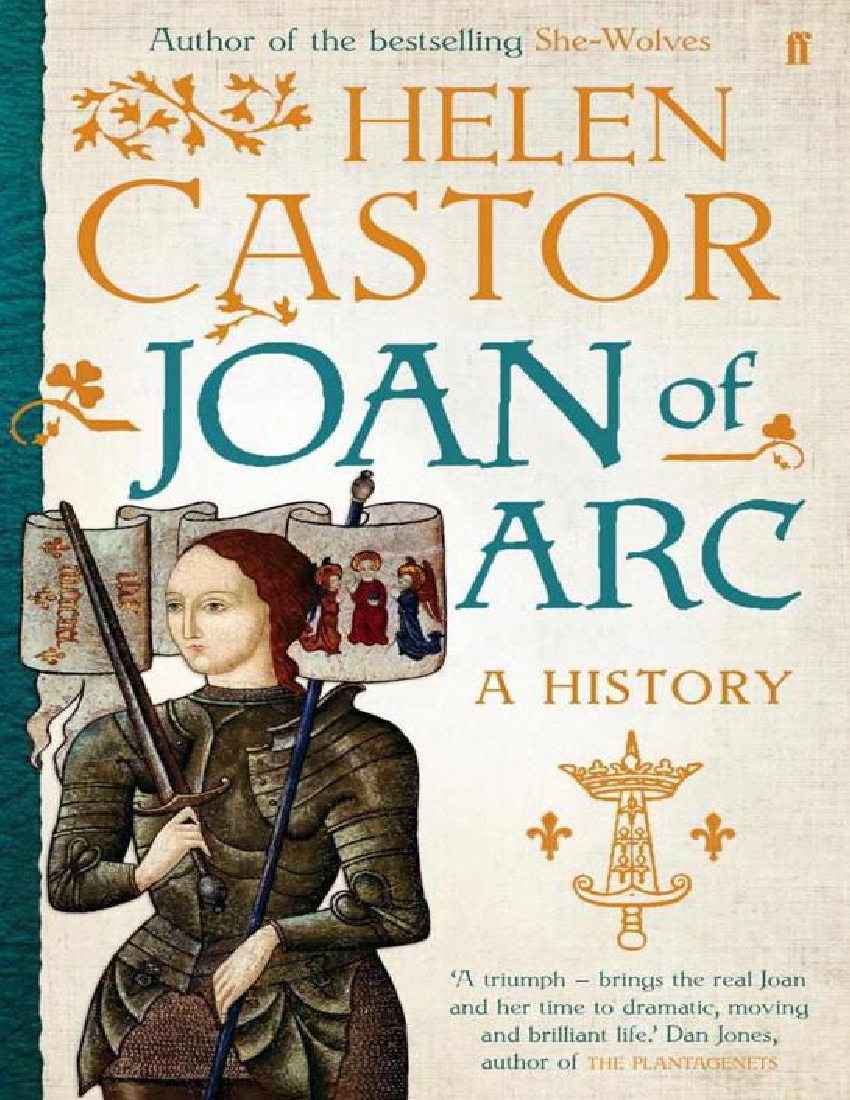
We know from historical records of the Hundred Years’ War era that Joan presented as a man with short black hair and wore shirts with shorts, doublets, leggings, and boots. Martin Le Franc, “Le champion des dames” (1440) (via Wikimedia Commons) Joan’s place in trans, nonbinary, intersex, and asexual studies today thus represents a greater struggle to untangle how her image became so highly feminized.


But the fact remains that the English crown burned Joan at the stake specifically for refusing to conform to gender and claiming that God ordered it. With that in mind, I want to consider how art history has suppressed transgender histories, particularly with genderqueer martyr Joan of Arc.Īrtistic renderings of Joan have de-emphasized the young French saint’s gender identity for centuries, as might be expected with such an influential historical figure. Literature and art from the Middle Ages, too, reveal how women underwent extreme procedures to transition into men, all based on medieval speculations about the reproductive system, including that a vagina was just an inverted penis. If this seems unfamiliar, it’s because powerful people have worked tirelessly to maintain social dominance over our bodies, and TERFs (trans-exclusionary radical feminists) have stepped in as their cultural arbiters.ĭespite its perceived novelty in mainstream media, transness - particularly transmasculinity - has evolved with science as we expand our understanding of the human body. An entire German institution faced Nazi destruction for advancing the science of medical transition. Union Army soldiers cross-dressed as men and endured forced feminization after the Civil War. Many Catholic monks and saints were gender-fluid, with some only discovered as such after death. I don’t know who needs to hear this, but gender variance has existed throughout human history.

Dante Gabriel Rossetti, “Joan of Arc” (1882) (via Wikimedia Commons )


 0 kommentar(er)
0 kommentar(er)
